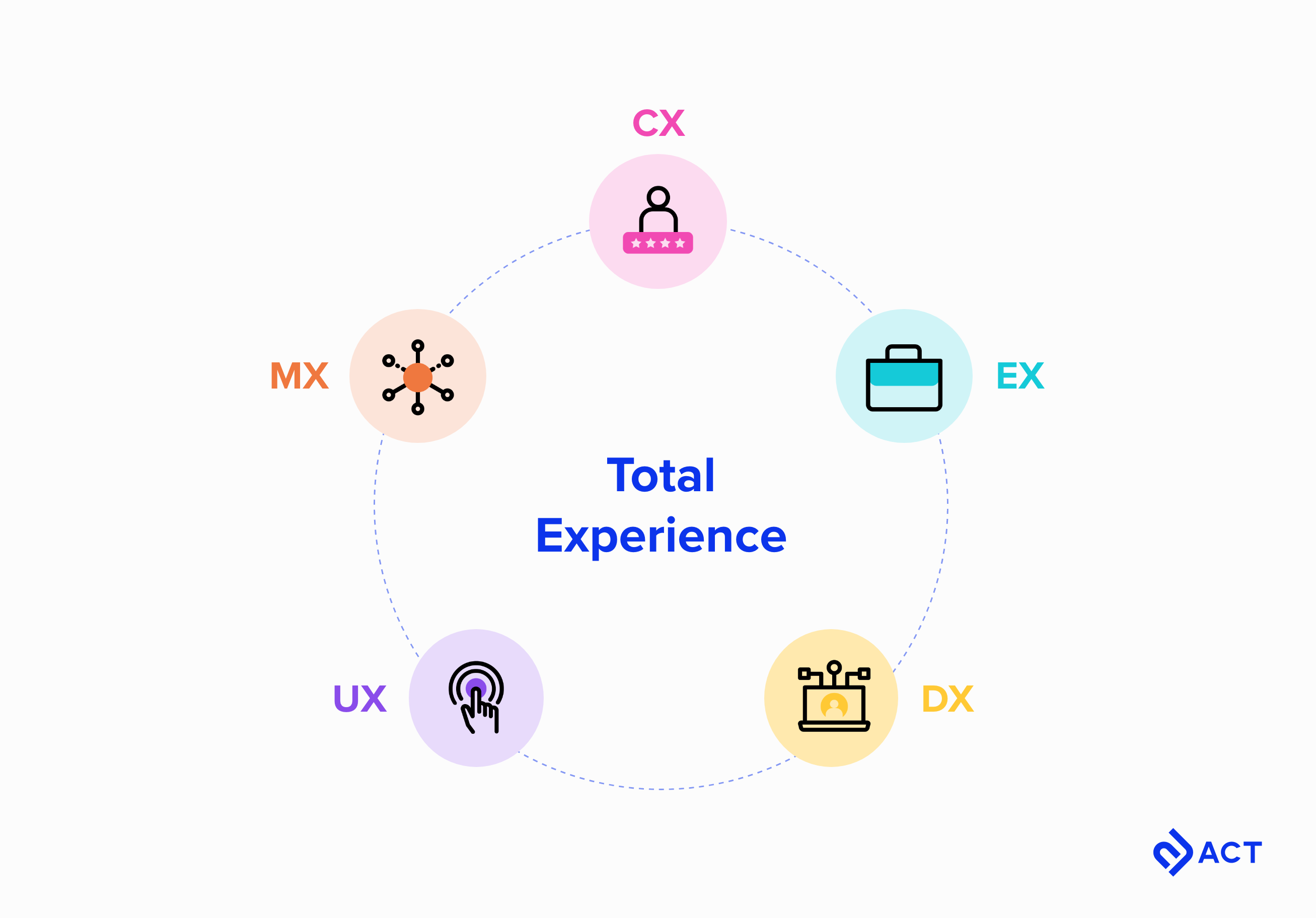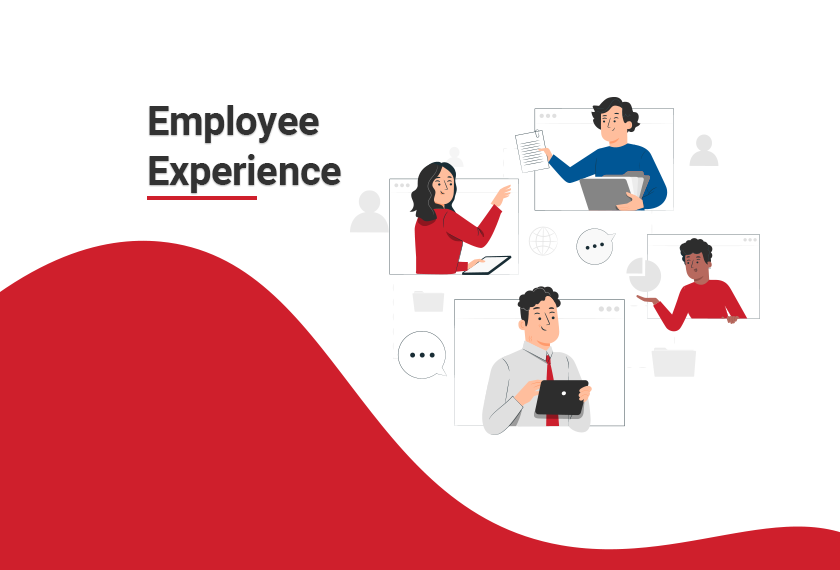In the age of hybrid working, the traditional definition of “working” has shifted, necessitating a reevaluation of both the customer experience (CX) and employee experience (EX). Previously, these experiences were distinct, with office-based employees and contact center agents operating in separate worlds. However, the collision of these realms has proven to be a boon for organizations, leading to a renewed focus on CX and EX.
The Emergence of EX as a Top Priority
According to the 2023 Global Customer Experience Report, EX has emerged as a top priority for C-suite executives in the context of CX. The spotlight is now squarely on technologies that empower employees, enhance efficiency, and ultimately improve the customer experience. The correlation between employee satisfaction and customer satisfaction is undeniable – the better the employee experience, the better the customer experience.
Enhancing the Hybrid Workspace
As organizations attempt to entice employees back into the office, they face the challenge of creating workspaces that are appealing and productive. However, this doesn’t mean recreating a cozy home environment. Instead, the focus is on making it easier for employees to perform their tasks in the office and fostering connections with colleagues. Face-to-face interactions, such as brainstorming sessions and complex discussions, often yield the best results. By facilitating these interactions, organizations can improve employee satisfaction.
One potential solution is the implementation of intelligent workspaces. Leveraging advanced technologies like facial recognition for access control can create a wow factor. Simultaneously, it’s crucial to ensure that smart offices and integrated meeting rooms consider the needs of colleagues working from home. To make hybrid work successful, organizations must cater to all employees, not just those physically present in the office.
The Power of AI in Enhancing CX and EX

Employees are increasingly seeking tools that enhance their performance, and organizations recognize the potential of artificial intelligence (AI) in achieving this goal. The 2023 Global Customer Experience Report identifies increased efficiency and speed, improved personalization, and greater customer retention as the top outcomes of AI adoption.
Integrating various tools into a single platform simplifies usage for employees, enabling them to better serve their customers. AI can alleviate the stress of information and tool searching, while AI productivity tools automate non-productive tasks. For instance, AI copilots can generate meeting minutes and record action points, reducing frustration and improving work quality.
However, it’s essential to wield AI correctly. AI is akin to a Formula 1 racecar – without proper training and fine-tuning, it can lead to disastrous outcomes. Effective management of data and classification of information are crucial to prevent generative AI from accessing confidential data. Therefore, organizations should collaborate with experienced partners like NTT DATA to define, classify, and limit AI’s scope of access.
Navigating Omnichannel Communication with AI
Hybrid working has led to a significant shift in the location of employees who directly interact with customers. According to the report, only 43% of these employees are based in the office full-time, with the remaining 57% working remotely either full-time or as part of a hybrid arrangement. As a result, communication has become more complex.
Employees now find themselves inundated with an array of messaging tools, which can hinder productivity when searching for answers across multiple channels. Simultaneously, customers expect instant responses through their preferred channels, be it voice, email, chat, or social media platforms. Integrating AI into the mix can help handle customer inquiries through self-service. However, it’s crucial to establish mechanisms to connect customers with human agents when AI falls short. Seamless transitions from chatbots to human agents require information continuity, ensuring that agents are aware of the questions customers have asked and the answers they have received.
The primary challenge organizations face is ensuring that AI provides accurate responses. In situations where AI lacks the necessary information, it’s essential to have experienced individuals available to answer customer queries. Unfortunately, passionate people with relevant expertise are in short supply, compounding the difficulty of implementing effective AI strategies.
To address these issues, tools must be set up correctly, granting easy access to relevant information and possessing the ability to learn and improve continuously. While AI can undoubtedly assist both customers and employees, its complete replacement of human agents seems unlikely. The human touch remains essential, particularly when it comes to caring for employees who face heavier workloads and blurred work-life balance. Responsible integration of AI tools enhances employee performance and streamlines tasks, resulting in superior outcomes.

The Link between Customer and Employee Experience
The connection between customer experience and employee experience is undeniable. Happy employees are more likely to take good care of customers, leading to improved customer satisfaction. Organizations must recognize the symbiotic relationship between CX and EX and invest in strategies and technologies that prioritize both.
As the world continues to adapt to hybrid working, organizations must embrace the evolving landscape and leverage technological advancements to foster a positive CX and EX. By creating intelligent workspaces, harnessing the power of AI, and prioritizing the human touch, organizations can navigate the challenges of this new era and ensure the success of their customer and employee experiences.
*Note: The primary keyword for this article is “hybrid working,” with secondary keywords including “CX and EX,” “intelligent workspaces,” and “AI in CX and EX.”
